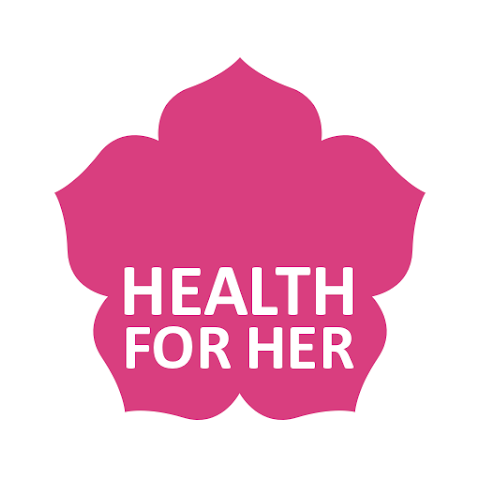LAMAZE : Coping with Labour
Nine months is a long time. Long enough to wait with bated breath to call the new born your very own. But is the process of child birth really enjoyable? Can the woman really receive her new born with a smile? She can, if she is prepared to understand and act according to the new demands of her body during pregnancy
Lamaze is a course that comes as a practical guide to gear up to all those demands, particularly during child birth.
The Lamaze concept for child birth is particularly based on the theory of Psycho prophylaxis or mind diversion. This means diverting the mind from labour pains through various breathing rhythms pushing techniques and relaxation measures. Most women tend to hyperventilate even during the initial stages of contraction (latent phase). More exhalation creates an imbalance in respiration, resulting in unnecessary fatigue even before the active phase of labour begins. While proper breathing rhythms facilitate sufficient energy to endure labour, pushing techniques and relaxation measures help in adequate cervical dilation for the baby to deliver, thus avoiding maternal and foetal distress. And Lamaze as a comprehensive course helps one reach out to all these techniques.
The idea took shape in 1950 when a French Obstetrician, Dr. Lamaze observed a Russian lady perform a few breathing rhythms during different stages of labour. He is said to have furthered his research and discovered various other techniques to help women cope with labour. Making every effort to provide relaxation to both the mind and the body of the expecting mother, the Lamaze exercise encourages the role of “support persons”, (husband, mother), in labour. It is notable that Lamaze instructions about proper comforting measures are taught to provide the right kind of encouragement to the couple.
Compared to the West, where women walk into labour rooms with their husbands in tow, the Lamaze concept is fairly new to India. Lamaze instructors here opine that only one to three percent of the population is receptive to this concept. Many gynaecologists, who encourage support persons, recommend Lamaze consultation by instructors from both medical and non-medical backgrounds. The course is specially designed for the stressed woman. The instructors mostly begin the course between the first trimester or at least by the 20th week of pregnancy.
Is It Time to Pack?
If you are especially observant, you may pick up on some cues that the birth is near, days in advance. What should you look for? Lightening (the baby’s head settles or “ drops” into the birth canal): increased discharge that is pink or blood – tinged (the bloody show) or release of mucus (the thick seal that has been protecting your cervix) and increased lower backache, often a precursor of the menstrual – like cramping that evolves into contractions. In about ten percent of all deliveries, the water (the amniotic fluid) “breaks” before contractions have actually begun. It may be a sudden gush of fluid or a nonstop trickle. Notify your doctor immediately: once the amniotic sac has ruptured, your baby must be delivered within 24 hours to avoid infection. The fluid itself should be pale or clear, and odourless. Traces of green or brown may signal distress. In the absence of such signs, however, all you will have to rely on will be the contractions. Contractions in true labor, occur at regular intervals, gradually get closer together, feel stronger, last longer and do not go away if you lie down or take a walk. In false labor, contractions are irregular, do not increase in frequency, and will subside if you lie down or take a walk.
Report to the hospital at the earliest when:
- Abdominal/back pain with increasing frequency and intensity.
- Leak of amniotic fluid.
- Bleeding.
On arrival, the staff/doctors will assess you and detail you regarding admission.
Things you will need to pack
Two weeks prior to your delivery date, have the following items packed in a bag. This will prevent any rush to find the necessary items to take with you to the hospital (if your labour pains should start at night or if you not have much help at home.)
- Overnight kit of soap, toothpaste, brush, comb, talcum powder.
- Large pack of sanitary napkins
- 2 extra large underwear, 2 feeding brassieres
- A loose nightgown
- 2 towels, 1 bed sheet
- 1 set of baby’s clothing – 2 nappies
- 1 dress, 1 sweater, 1 cap, 1 thick small sheet. (in case your hospital does not provide it).
- Baby soap
- Baby powder
- Clean dry flask
- Clean, dry water bottle
- A small purse with some cash and a few Rs.1 coin for telephone calls
- Keep your doctors & hospitals telephone numbers in a prominent place in the house and tell your family members about these important numbers.
- Keep your home telephone number and husband’s contact number in your bag.
- Last and not the least. Your medical records must be taken with you to hospital when you get into labour.
Check list
- Medical records and files
- Important telephone numbers
- The pre packed bag
- A shawl
- Flat rubber slippers.


